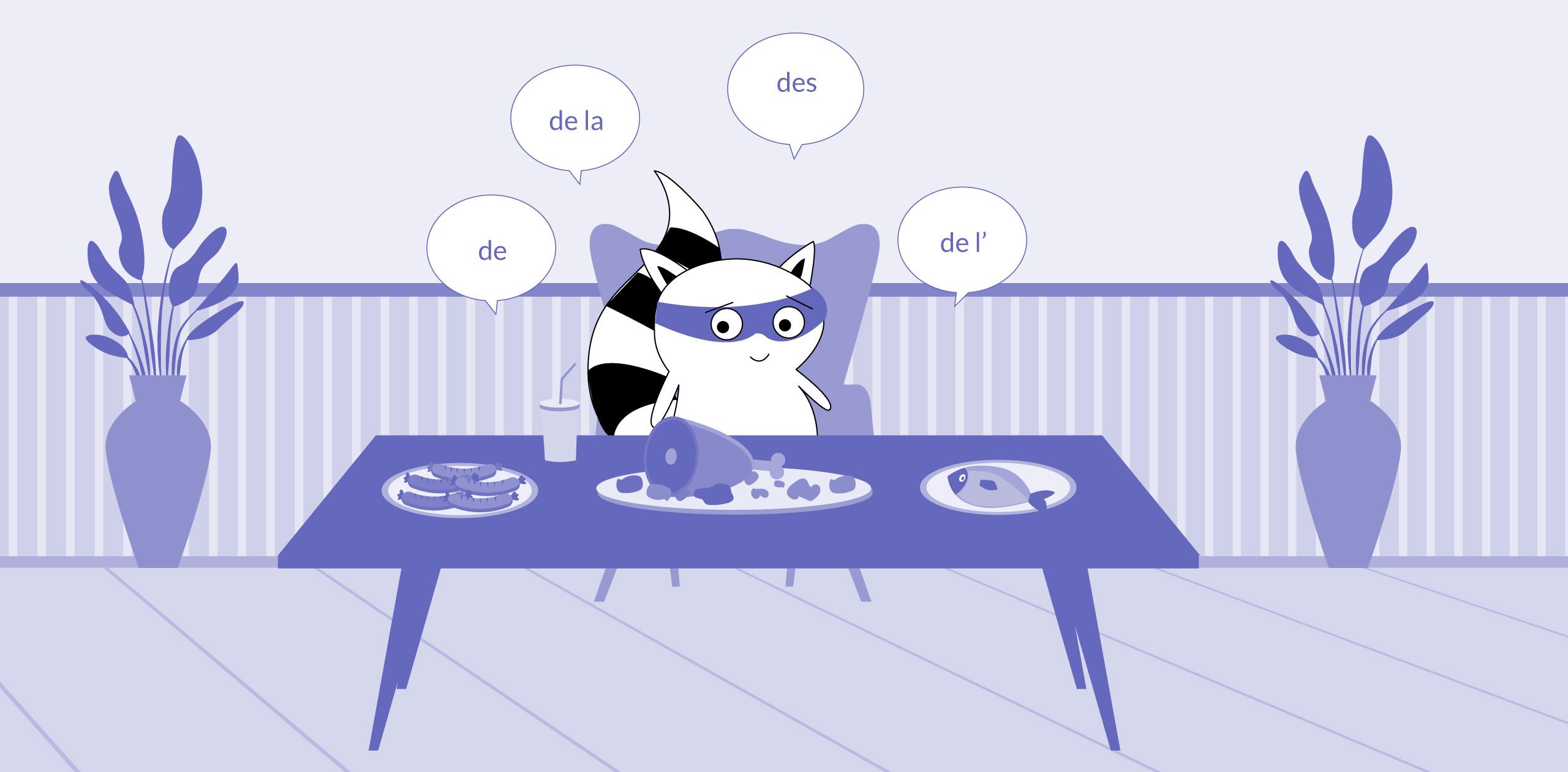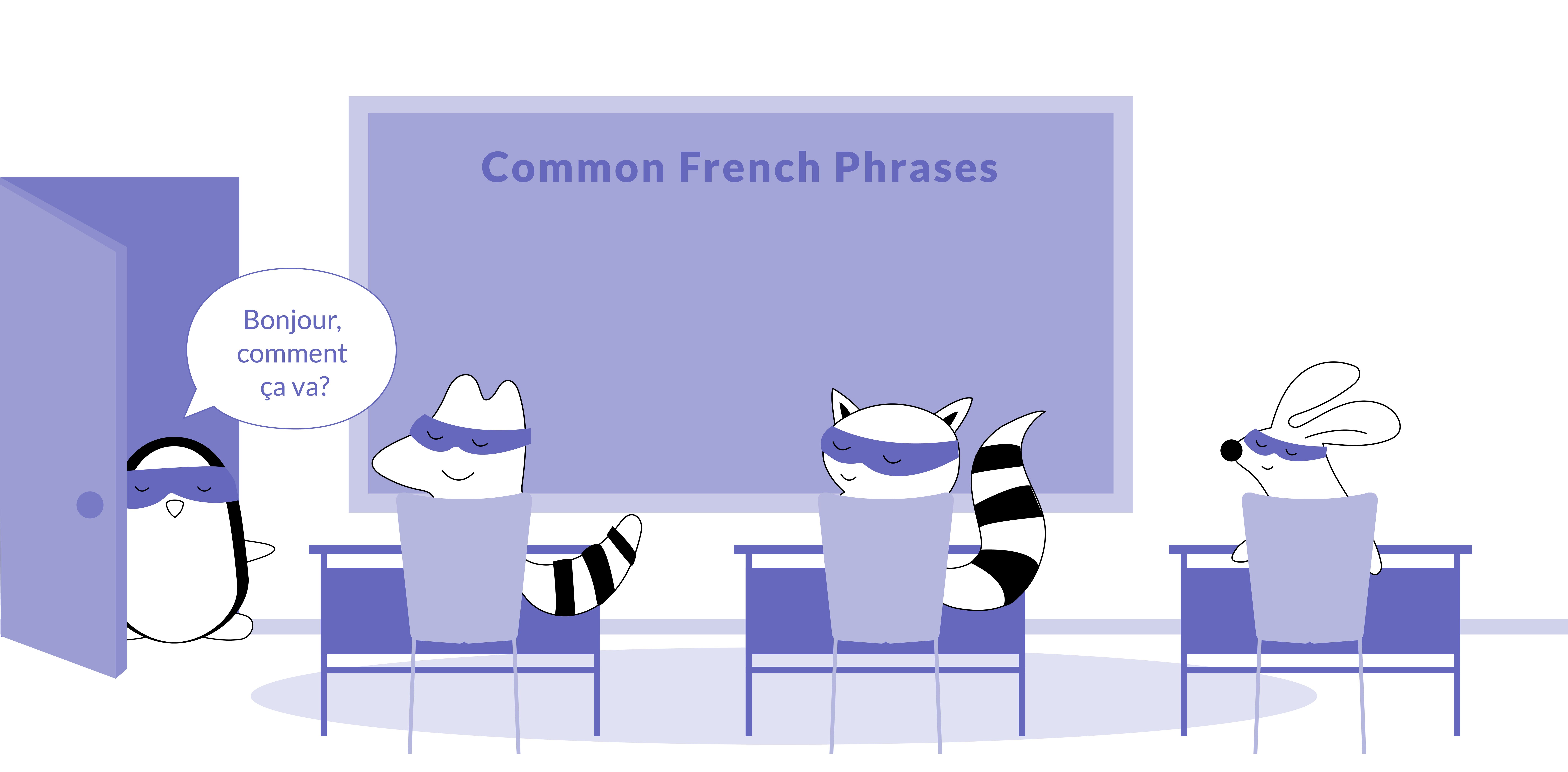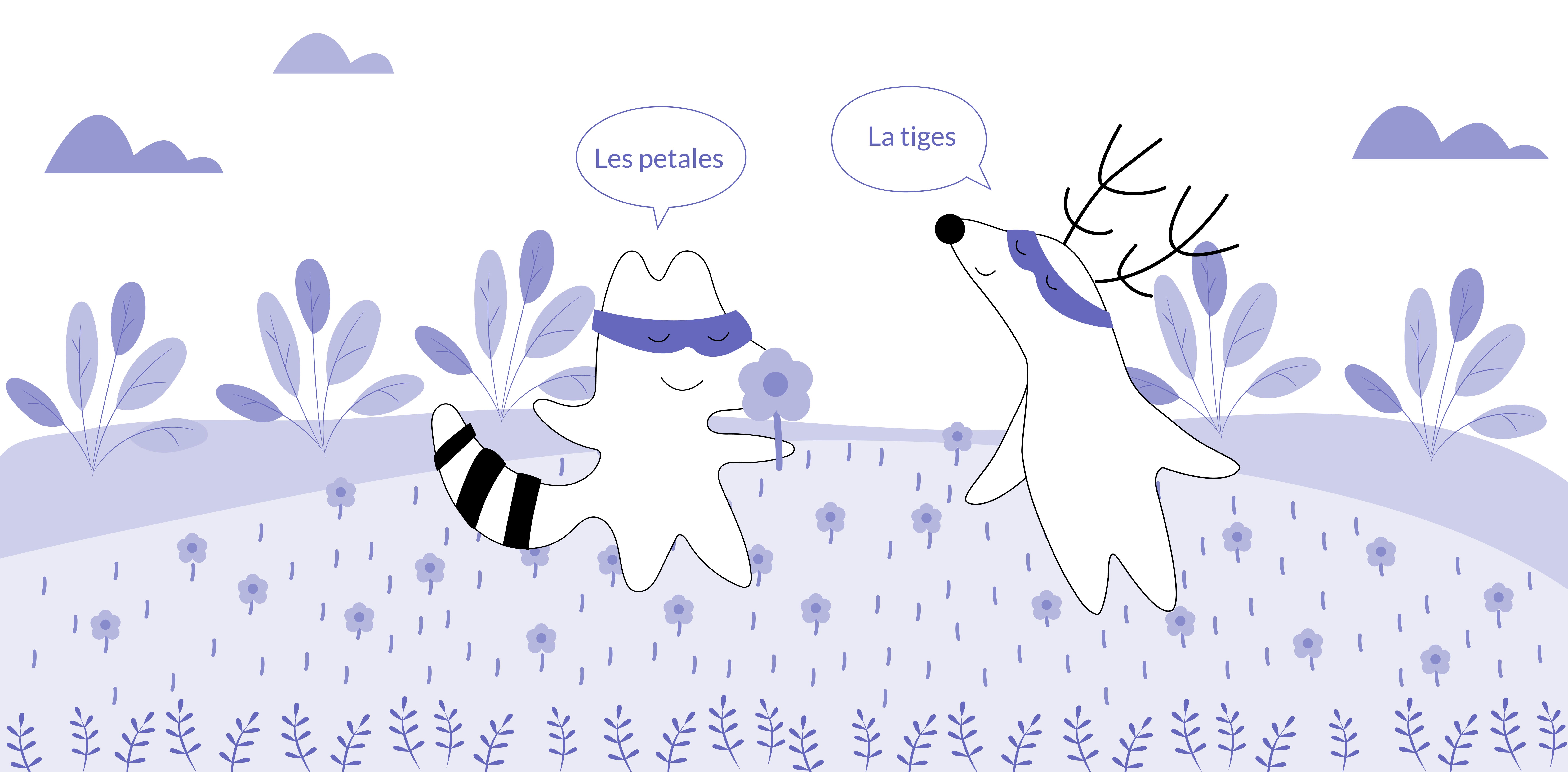
Flowers are adored throughout the world for their beautiful colors and unique blooms, and the French are no exception. One of France's most recognizable symbols is its national flower the fleur de lys, after all, and Provence is famous for its picturesque fields of French lavender. Furthermore, many French flowers hold special meanings related to history and holidays.
So, with Spring right around the corner, there's no better time to learn how to talk about flowers in French. If you're ready to let your knowledge of French flowers bloom, then read on!
Learn French with Langster
French Flower Vocabulary
Let's start with some essential words to describe the different parts of a flower. If you don't know the name of what you're looking for, this vocabulary will help you describe its color or other features:
French
English
Fleur
flower
Les petales
petals
Les fuilles
leaves
La tiges
stem
Le bourgeon
bud
Now, here are a few more terms you can use to talk about what you want the flowers for:
French
English
Un bouquet de fleurs
bouquet of flowers
Un parterre de fleurs
flower bed
Le jardin
garden
French Flower Names and Meanings
Do you have a favorite flower? While there are hundreds, if not thousands, of varieties that exist, we'll start by learning the French names for just a few of the most popular and common ones. See if your favorite made it on to this list!
And, while you're reading, notice how many similarities there are between the French and English names of flowers. While French and English belong to different language families, there's no doubt the two have influenced each other throughout history. Luckily, this will make your new flower vocabulary even easier to learn.

Un lys [Lily]
Perhaps you've wondered what flower the fleur de lys (or fleur de lis) actually represents. Well, the answer is a lily!
These flowers represent purity and have long been associated with both Catholicism -- particularly the Virgin Mary -- and French monarchy.
Un iris [Iris]
The fleur de lys is also sometimes interpreted as an iris, which also has connections to French royalty.
However, the name "iris" actually comes from Greek mythology, where Iris was the goddess of the rainbow and represented by the bright purple blooms.
Un souci [Marigold]
Despite its name, French marigold was actually brought to Europe from Central America. During the Victorian Era, they became associated with grief, mourning, and despair.
The French name for marigold literally means "worry."
**Un chrysanthème [Chrysanthemum]
If you want to buy flowers as a gift for a French friend, make sure they're not mums!
In France, these flowers have a strong association with death and are commonly used at funerals and to decorate graves.
Une rose [Rose]
Roses are a major symbol of romance -- just like many would consider the French language itself. While red flowers might be what first comes to mind, rose is also the French word for "pink."
In fact, the famous saying la vie en rose is the French equivalent of "seeing through rose-colored glasses."
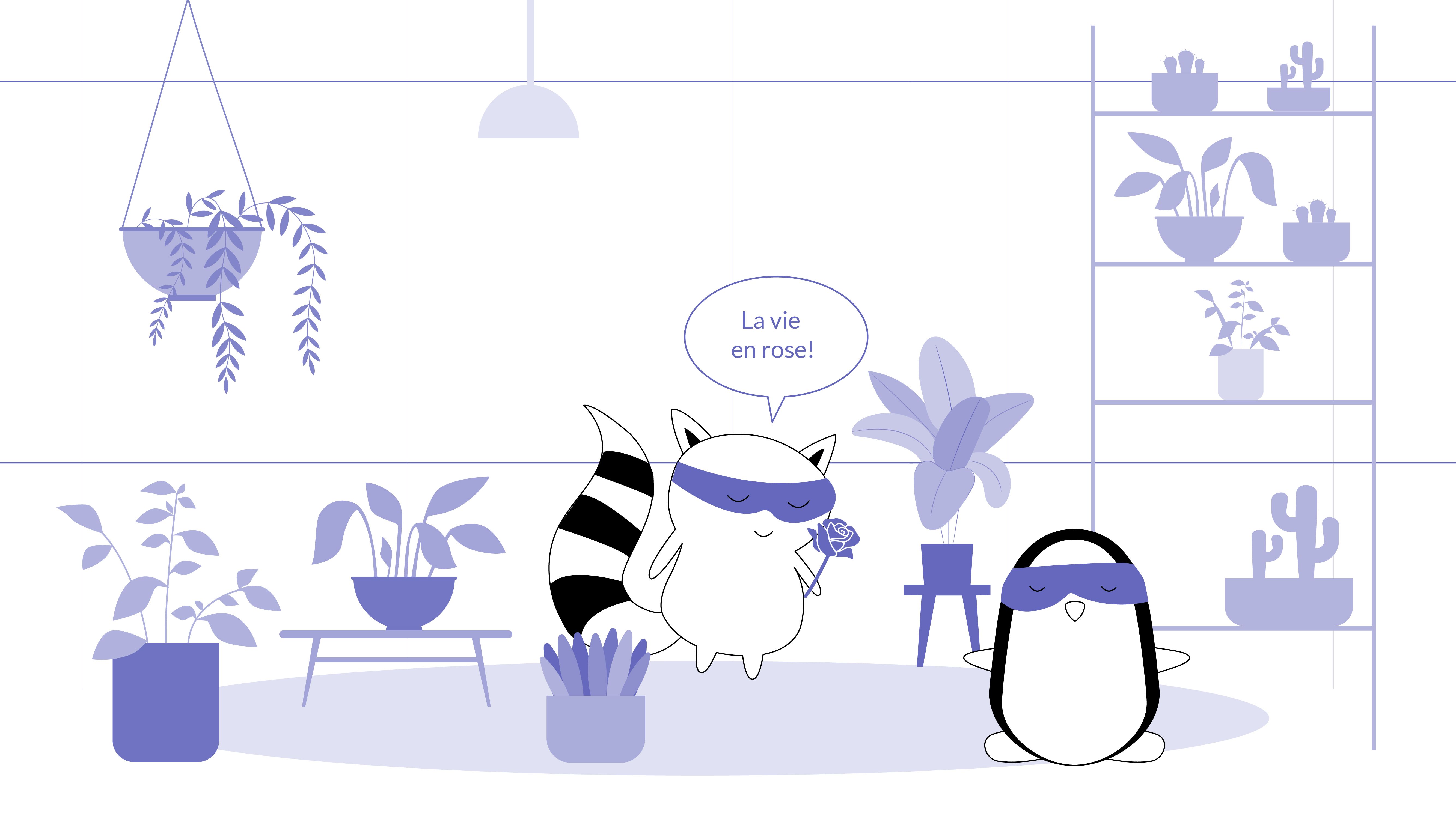
Un coquelicot [Wild poppy]
In France, poppies are one of the flowers used to represent the French flag and evoke remembrance of the lives lost in World War I.
However, they are also the flowers that inspired paintings by great artists like Monet and Van Gogh. Their French name comes from the word for rooster, coq, because of their resemblance to a rooster's red comb.
Une violette [Violet]
The violet has an interesting place in French history. At one point, it was a secret symbol used by Napoleon Boneparte's supporters as they awaited his return to France.
Une marguerite [Daisy]
The oxeye daisy represents the white part of the French flag and represents innocence and purity. As Marguerite is also a popular French name, "Daisy" also became a popular nickname for the Anglicized version, Margaret.
French
English
Une pâquerette
Tiny wild daisy.
La lavande [Lavender]
Lavender was originally brought to France by the ancient Romans, and its name is derived from the Latin lavare, which means "to wash."
Since then, Provence's lavender fields have become one of the most famous agricultural areas in the world.
Un tournesol [Sunflower]
The French word for sunflower, un tournesol, literally translates to "follows the movement of the sun."
While not native to France, these happy yellow flowers have earned their association due to the Provence region and even more so due to Vincent Van Gogh's painting Sunflowers, which he did while living in Arles.
Une pivoine [Peony]
Peonies are versatile flowers with many meanings, including good fortune, love, luck, and honor.
They are also associated with shyness and inspired the French phrase:
French
English
Être rouge comme une pivoine
To be red like a peony.
Un bleuet [Cornflower]
The cornflower is the third and final flower used to represent the French flag. It is also the official French Remembrance flower used to honor the veterans of World War I.
Occasions for Giving Flowers in France
La Saint-Valentin (February 14th)
You can probably guess this one -- it's Valentine's Day! While the holiday isn't as commercial as it is in the United States, it is still widely celebrated in France.
And, that means flowers are the perfect gift idea for your spouse or crush. Roses are particularly popular for this romantic holiday, because the wide variety of colors can be used to express all types of feelings from friendly affection to deep devotion.
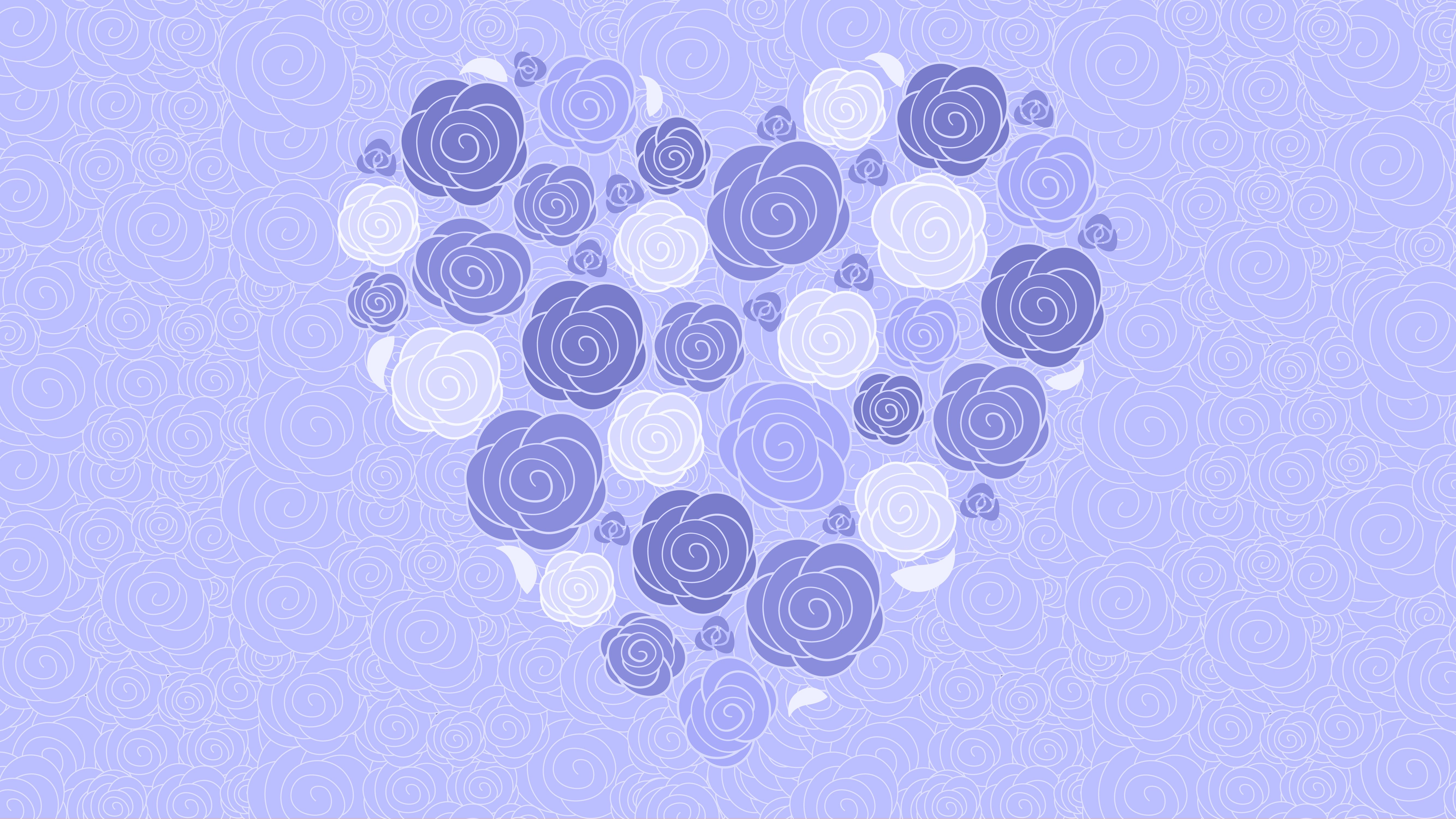
La Fête du Travail (May 1st)
Also known as Labor Day or May Day, this public holiday is celebrated by giving friends and loved ones le muguet (lily of the valley) for good luck.
This tradition goes all the way back to 1561, when King Charles IX received the gift of one. Some people also wear red carnations on this day.
Le Jour des Morts (November 2st)
The Day of the Dead, or All Souls' Day, is a day for French folk to remember their loved ones. It is common for families to visit cemeteries to leave potted mums on the graves.
This winter-hardy flowering plant represents immortality as well as death.
Weddings and Funerals
Sending flowers is a common practice to express both congratulations and condolences, and there are specific flowers for each.
For a wedding or other happy occasion, it might be appropriate to wish the recipient good luck and prosperity with peonies, lily of the valley, and carnations (l'œillet) -- not white ones, though, which are thought to be bad luck. On the other hand, alongside chrysanthemums, marigolds are common funeral flowers.
The Bottom Line

Flowers are a great way to bring nature and color to any space, but they're also so much more. While the Victorian language of flowers isn't widely used in modern times, many French flowers have retained their cultural and historical significance.
So, whether you're gifting someone a bouquet or want to buy flowers for your own garden, you now have the French flower vocabulary to pick out exactly what you want and partake in many interesting French customs.
But, if you feel like you need more practice before heading to the flower shops, check out Langster and see how you can improve your French with daily stories.
And, whatever you do, don't bring mums to a dinner party.






